The day off on Friday was an excellent respite from the daily hikes, intense science, and planning for each day's field work. So how did we spend it after my 'best of…from the archives" mid-day journal post? Well, going for a hike, reviewing some scientific thesis proposals, and then planning for the field the next day. When in the field, there are some routines that are better left unchanged…
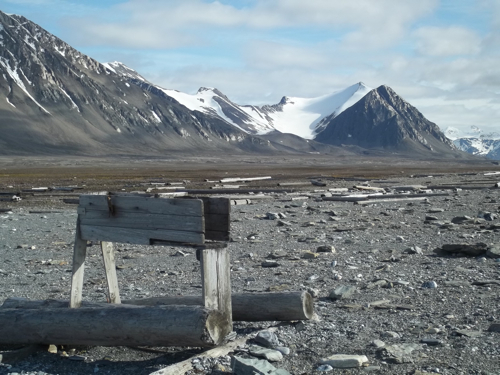
Equally important as the routine, one must pick their head up when in the field and take it in for the incredible landscape it is, unanalyzed, unmeasured. To quote Dr. F. Bueller "Life moves pretty fast. You don't stop and look around once in a while, you could miss it." A somewhat more comforting reminder than the historic swiss geologist Louis Agassiz: "Learn geology or die."
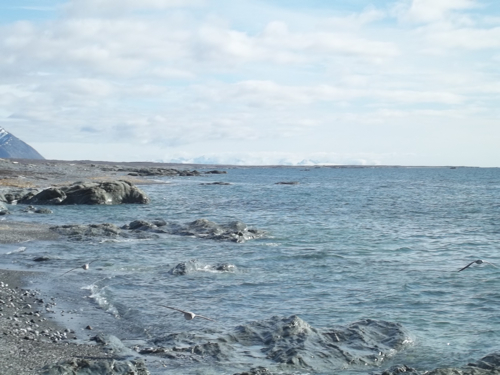
That being noted, a few of us took a walk to the coastline and spent some time checking out the beach landscape that we'd until that point seen only from a distance. The sun was out, waves were crashing gently on the beach, and apparently a million gull-like birds were cruising head-height down the beach all in the same direction. If this post still says "gull-like" birds, I've yet to identify them and would welcome any suggestions in the 'ask the team' feature (more like 'name that bird'). After about a million pictures snapped, I managed to get a few including the landscape and the low flying birds. [this just in at a later date...the gull-like birds are called 'fulmars' or fulmaris glacialis: a gull-like seabird of the north. Thanks Mike]
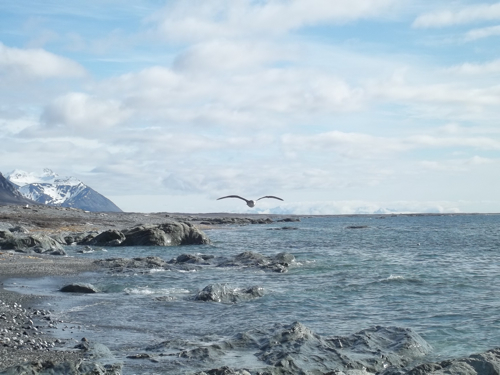
We narrowly made it back for the thesis proposal presentations by Helena, Mel, and Dion who each did a great job articulating their project ideas. Now all that was left for them was about 3 weeks of field work and a year's worth of lab work and writing…don't worry guys, it is a labor of love and arguably one of the most rewarding experiences you'll complete academically (keep reminding yourself often).
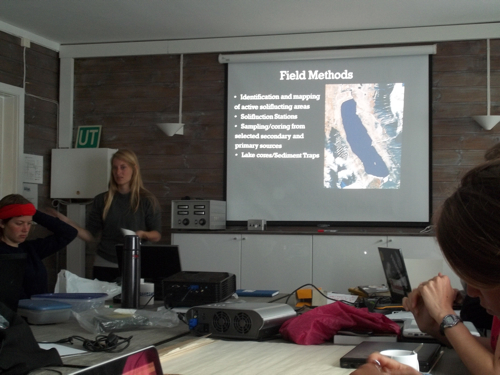
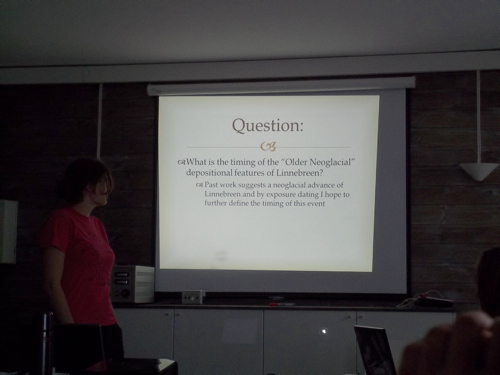
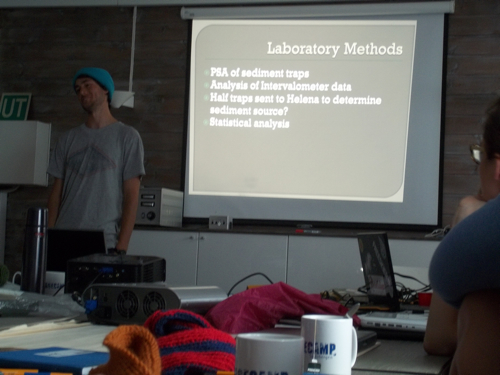
After the presentations and dinner it was time to plan for the next day and get a decent night's rest. Below you'll find a picture of my room at Isfjord Radio and please make note of the light coming in the window…taken at 10:30 pm.
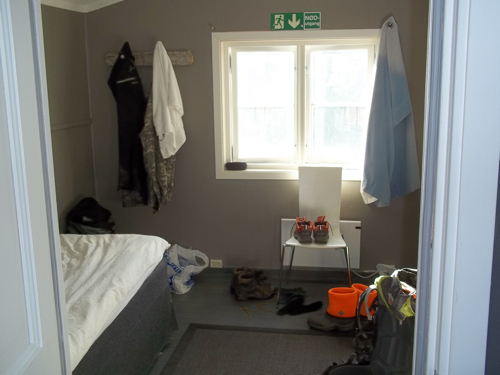
6:30 alarm…Yes, the past tense did in fact mean that this journal is (or was, english majors help!) for Saturday, July 21. With just the evening of yesterday I figured I'd bundle. Today's field work was rather straight forward and consisted of organizing and preparing the sediment trap contents and the final buoy huntin' adventure for our biggest sediment trap challenge yet.
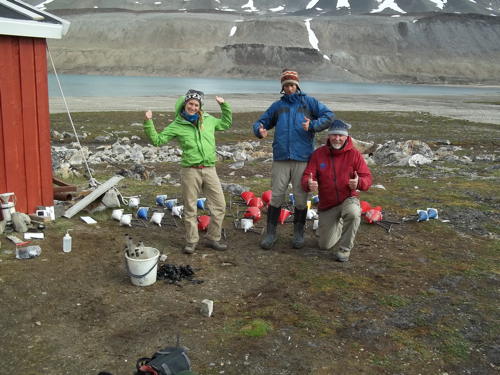
Sediment trap packaging went well for the morning so in the afternoon we set to recovering a giant sediment trap we'd marked with a surface buoy about a week earlier. This trap is referred to as the "6:1" because it is comprised of a very tall pvc pipe that is 6 times as long as it is wide (16 cm diameter, height: you do the math). Actually, it is comprised of two of the large pvc tubes leading to funnels with two normal sediment traps attached separate, linked with pvc cross-members and metal strapping, and…yeah, it is big and full of two years of sediment plus a ton of water. Long story short, we managed to raise the trap not without some minor cuts (Dion) and my first ever sediment bench press to awkward sediment greco-roman pin when we got it half way up to drain. If I can wrestle the photos better than the trap, they'll be on. Trap in, it was time organize our work area and scoot back home to enjoy a hot meal.
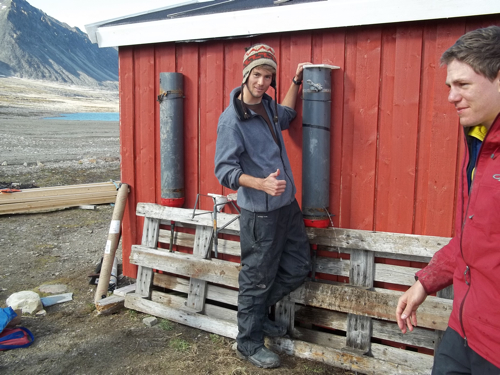
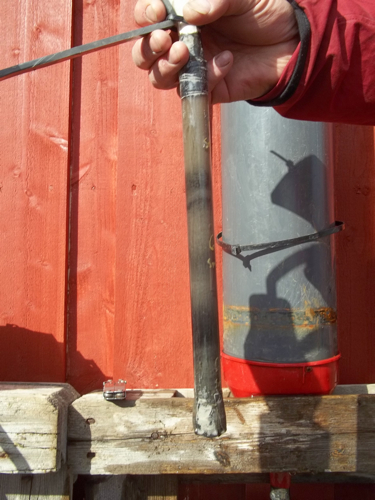
Svalbard Cheek Physiology Fact: It turns out that regardless the amount you hydrate or the time you think you've acclimated to Svalbardian days out of doors, your face is still redder than a firetruck for the first hour you're back inside.


Comments